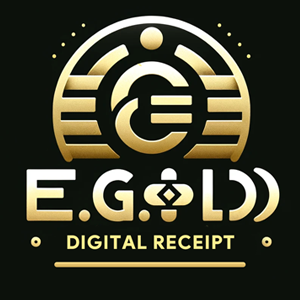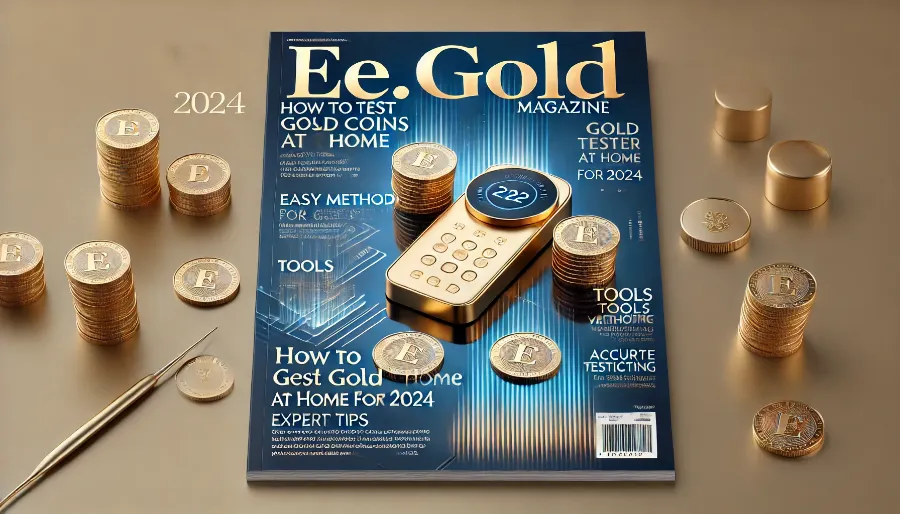
Gold coins have been symbols of wealth and security for centuries. Whether you are a seasoned collector or someone new to gold investments, knowing how to test gold coins at home is an invaluable skill. With counterfeit coins becoming more sophisticated, relying on quick but accurate tests is essential. This guide will teach you various methods to verify the authenticity of your gold coins right in the comfort of your home, using tools you can easily acquire or items you may already have.
Why Testing Gold Coins at Home is Important
Testing gold coins at home saves time and money while providing peace of mind. Authentic gold coins are not just beautiful to own but are valuable assets. Verifying their authenticity ensures you’re not falling victim to counterfeit products, especially when purchasing from less established sources. Additionally, it can help protect your investment from potential losses due to fraud.
The Properties That Make Gold Unique
Gold is a soft, dense, and non-magnetic metal with a distinct yellow hue. These properties distinguish it from other metals and make it relatively straightforward to test for authenticity. Genuine gold also has a high melting point and unique electrical conductivity, which makes some testing methods more reliable than others.
The Magnet Test
One of the easiest ways to test a gold coin at home is by using a strong magnet. Gold is not magnetic, so it will not be attracted to a magnet. To perform this test, take a neodymium magnet and bring it close to the coin. If the coin sticks to the magnet or shows even slight attraction, it is likely made of a different metal or is gold-plated. However, keep in mind that this test alone cannot confirm purity, as some counterfeit coins use non-magnetic metals like tungsten.
The Weight and Dimensions Test
Authentic gold coins are minted with precise specifications regarding weight, diameter, and thickness. Use a digital scale to weigh the coin and compare its weight to the official specifications provided by the mint. Similarly, a caliper can measure the coin’s diameter and thickness. If the coin deviates significantly from the standard, it may not be genuine. This method is especially reliable for coins like the American Gold Eagle or Canadian Gold Maple Leaf, which have consistent and widely available specifications.
The Water Displacement Test
Gold is a very dense metal, and this property can be used to verify its authenticity through the water displacement test. Fill a graduated cylinder with water and note the initial volume. Submerge the gold coin completely and note the new water level. The difference in water volume corresponds to the coin’s volume. Divide the coin's weight by its volume to calculate its density. Pure gold has a density of approximately 19.3 g/cm³, and significant deviations suggest the coin may not be genuine.
The Scratch Test (Use with Caution)
The scratch test can determine whether a coin is gold, but it is not recommended for collectible or high-value coins as it may damage their surface. To perform this test, lightly scratch the coin on a black testing stone and apply a drop of nitric acid to the scratch. Pure gold will remain unaffected, while other metals will react, changing color or dissolving. Always handle acids with care and wear protective gloves if you choose this method.
The Sound Test
The sound test, also known as the ping test, is a quick and non-invasive way to test gold coins. When struck gently, pure gold coins produce a high-pitched, clear ringing sound, while counterfeit or impure coins may sound dull or flat. Use another known gold coin for comparison or use a smartphone app designed to analyze sound frequencies to make the process more accurate.
Visual Inspection
Gold coins often have hallmarks, mint marks, or inscriptions indicating their weight, purity, and origin. Use a magnifying glass or jeweler’s loupe to closely examine these details. Genuine coins have sharp, well-defined markings, while counterfeit coins may show uneven or blurry inscriptions. Additionally, inspect the edges and rims for any irregularities, as authentic coins often have consistent, intricate designs.
Electronic Gold Testers
Electronic gold testers are small devices that measure the electrical conductivity of a coin to determine its purity. These testers are user-friendly, portable, and widely available online. While they are an investment, they provide accurate results without damaging the coin, making them ideal for those who frequently test gold coins at home.
Acid Testing Kits
Acid testing kits are affordable and accessible tools for verifying gold coins. These kits typically include a testing stone and a variety of acids for different gold purities (e.g., 10K, 14K, 18K, 22K, and 24K). To use the kit, scratch the coin on the testing stone and apply a small drop of the appropriate acid. The reaction will indicate whether the coin matches the expected gold purity. While effective, this method should be avoided for high-value collectible coins due to the risk of damage.
The Ice Test
Pure gold is an excellent conductor of heat. To perform the ice test, place an ice cube on top of the gold coin. If the coin is genuine gold, the ice will start melting rapidly due to the efficient heat transfer. This test is simple, non-destructive, and a fun way to check the authenticity of your coins.
Digital Scales and Calipers
Digital scales and calipers are essential tools for testing gold coins at home. A high-precision digital scale can measure the coin’s weight accurately, while a digital caliper ensures that the diameter and thickness are within the specified range. These tools are affordable and provide reliable results, making them indispensable for anyone dealing with gold coins.
Tips for Buying Gold Coins Safely
To avoid the hassle of testing coins repeatedly, consider buying gold coins from reputable dealers or certified mints. Look for coins with proper certifications, like those graded by organizations such as the Professional Coin Grading Service (PCGS) or the Numismatic Guaranty Corporation (NGC). Purchasing from trusted sources significantly reduces the risk of receiving counterfeit coins.
When to Consult a Professional
If a coin fails any of the tests or you’re still uncertain about its authenticity, consulting a professional numismatist or jeweler is the best course of action. Professionals have advanced tools and expertise to accurately verify gold coins. While at-home tests are effective, nothing beats a professional evaluation for high-value or rare coins.
FAQs with Answers
Can I test gold coins without damaging them? Yes, non-invasive methods like the magnet test, sound test, and water displacement test are safe for gold coins and will not cause any damage.
How reliable are acid testing kits? Acid testing kits are highly reliable for determining gold purity, but they can damage the coin’s surface, so they are best used for non-collectible coins.
Are electronic gold testers worth buying? Yes, electronic gold testers are a great investment for frequent testing. They provide accurate, non-destructive results and are easy to use.
What tools do I need to test gold coins at home? Basic tools include a strong magnet, digital scale, caliper, testing stone, and nitric acid. For more precise results, invest in an electronic gold tester.
What should I do if my coin fails a test? If your coin fails any test, avoid selling or trading it. Consult a professional numismatist or jeweler to confirm its authenticity.
How can I avoid buying counterfeit gold coins? Purchase coins from reputable dealers or certified mints, and request certificates of authenticity to ensure your coins are genuine.
Is the sound test effective for testing gold coins? The sound test is a quick and easy way to test gold coins, especially when combined with other methods. However, it is less precise than tools like electronic testers.
Can gold-plated coins pass these tests? Some tests, like the magnet and visual inspections, can detect gold plating. However, more advanced tests, such as acid or electronic testing, are necessary to confirm purity.
Why is density important for gold coins? Density is a key property of gold. Pure gold has a density of 19.3 g/cm³, and significant deviations indicate that a coin may not be genuine.
Can I rely on hallmark markings alone? While hallmarks are helpful indicators, counterfeit coins can mimic these markings. Always combine visual inspection with other testing methods for reliable results.
The Role of Technology in Testing Gold Coins
As technology advances, so do the tools available for testing gold coins at home. Devices like X-ray fluorescence (XRF) analyzers and ultrasonic testers provide highly accurate results and are commonly used by professionals. While these tools can be expensive, they offer a non-destructive and reliable way to verify gold authenticity. Smartphone apps, although less precise, can also assist by analyzing sound frequencies during the ping test or providing data on coin specifications. Embracing technology can make the process of testing gold coins faster, more accurate, and more convenient.
Common Myths About Testing Gold Coins
There are many myths about testing gold coins that can lead to inaccurate results. For instance, the idea that biting a coin will reveal its authenticity is outdated and unreliable. While pure gold is soft, this method can damage the coin and does not confirm purity. Another common myth is that gold-colored coins are always real gold. Many counterfeit coins use alloys or plating to mimic the appearance of gold. Always rely on proven testing methods rather than myths to ensure your coins are genuine.
How to Store and Protect Gold Coins After Testing
Once you’ve verified the authenticity of your gold coins, proper storage is essential to preserve their condition and value. Use coin capsules, holders, or air-tight containers to protect coins from scratches, dirt, and tarnishing. For added security, consider storing your coins in a fireproof safe or a safety deposit box at a bank. Humidity can also affect coins over time, so silica gel packs or dehumidifiers can help maintain a stable environment. Proper storage not only safeguards your investment but also ensures the coins retain their aesthetic and monetary value.
The Importance of Understanding Gold Purity Levels
Gold purity, often expressed in karats or as a percentage, plays a crucial role in determining a coin’s value. Pure gold is 24K or 99.9% gold, while 18K gold contains 75% gold and 25% alloy. Coins like the American Gold Eagle, for example, are 22K but contain a full ounce of gold along with alloy for added durability. Knowing the purity of your coins allows you to accurately assess their worth and understand their physical properties, such as color and density. This knowledge is especially important for both investors and collectors.
Investing in Gold Testing Kits for Long-Term Use
If you plan to collect or trade gold coins regularly, investing in a comprehensive gold testing kit is highly beneficial. These kits typically include testing acids for different gold purities, testing stones, and instructions for safe handling. Advanced kits may also include electronic gold testers or density measurement tools. While initial costs may seem high, these kits save money in the long run by reducing the need for professional appraisals and protecting you from counterfeit purchases. Choose a kit that matches your experience level and frequency of testing.
Real-Life Stories: How Testing Gold Coins Prevented Fraud
Many collectors and investors have avoided significant financial losses by testing their gold coins at home. For example, a first-time buyer discovered that a seemingly authentic gold coin purchased online was actually gold-plated, saving them hundreds of dollars. Similarly, a seasoned collector used the magnet test to identify a counterfeit coin included in a larger purchase. These stories highlight the importance of vigilance and using reliable testing methods to ensure the authenticity of gold coins. Simple steps taken at home can prevent costly mistakes and protect your hard-earned investments.
The Future of Home Gold Testing
With advancements in technology and growing interest in precious metals, the future of home gold testing looks promising. Devices are becoming more affordable, portable, and user-friendly, allowing anyone to verify the authenticity of gold coins with ease. Innovations like AI-powered testers and blockchain-based certification systems could further enhance the accuracy and transparency of gold transactions. As more people turn to gold as a reliable investment, these tools will play an increasingly important role in safeguarding the integrity of the market.
The Bottom Line: Confidence in Your Gold Coins
Testing gold coins at home is not just a skill but a responsibility for anyone who deals with precious metals. By understanding the properties of gold, utilizing simple tests like the magnet and sound tests, and investing in reliable tools, you can confidently verify the authenticity of your coins. This ensures that your collection or investment remains secure and valuable. Whether you’re a beginner or an experienced collector, the knowledge and tools you gain from testing gold coins will empower you to make informed decisions and protect your wealth.
If you’re ready to start testing your gold coins, gather your tools, familiarize yourself with the methods discussed, and practice on a few lower-value coins before tackling high-value pieces. Remember, the effort you put into verifying your gold coins will pay off in the form of peace of mind and financial security.
NOTE
This Content is the copyrighted content of EE.GOLD. All rights are reserved. You are welcome to share or use our content only by including direct links to our website. Any other form of reproduction, distribution, or use without proper attribution is strictly prohibited.
This Content is intended solely for educational purposes. The information provided does not constitute financial or investment advice.
Please note that Digital Storage Receipt, Secure Storage Solutions, and Physical Gold Sales are the only services offered by EE.GOLD.
We strictly adhere to government regulations and are firmly against all illegal financial or investment activities globally.
For further inquiries, feel free to contact us through our official channels.

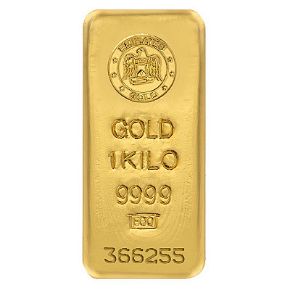
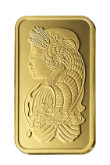



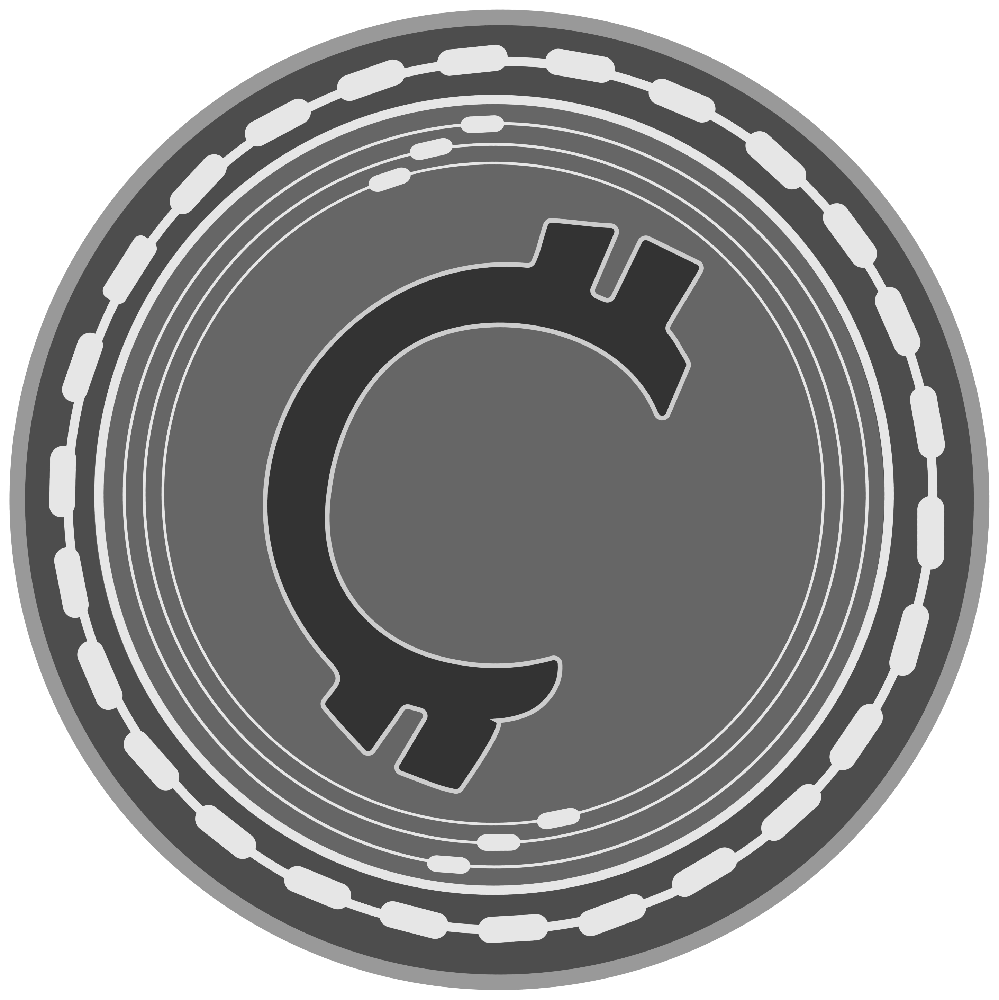

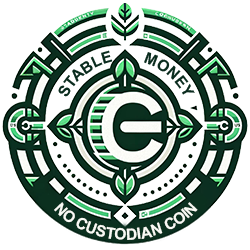

.png)

